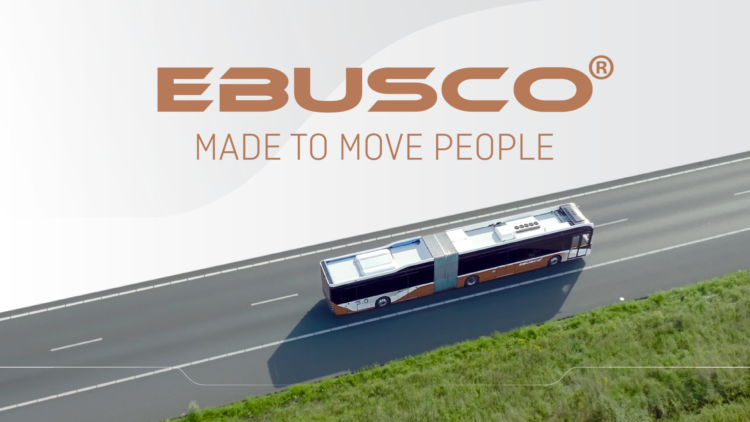As a Public transport operator, who do you turn to if an electric bus won’t charge? If it were up to Ebusco founder Peter Bijvelds, there would be no need to ask this question. In his view, bus companies would be well advised to make buses part of the entire ecosystem for which the bus manufacturer is responsible from start to finish.
“We are not just an electric bus manufacturer,” Bijvelds emphasises early on in the conversation. The production of buses is just one part of the complete ecosystem that Ebusco seeks to take care of: the bus itself, the charging system, the charging infrastructure and energy storage. “When we started business in 2012, there was as yet no charging standard. We were the first in Europe to start using electric buses. There was nothing, so from day one we developed our own charger, which we later converted to the CCS Combo 2 standard.”
Additional applications
Having the entire ecosystem at your disposal makes additional applications possible, explains the CEO. “In the standard protocols, you have to plug a vehicle in again to restart the charging circuit when the bus is fully charged. This means that the capacity already decreases if you start by heating a fully charged bus when it’s cold, for example. If you regulate that preconditioning properly in a charger, the battery will remain at 100 per cent until the bus leaves the charging point. According to Bijvelds, such an application is possible if you control the production of both buses and chargers.
Apart from the technical advantages, it is also convenient for a bus company to have only one point of contact. Offering all the services in one package relieves the operator of all worries, says Bijvelds. This prevents being sent from pillar to post by different suppliers if a bus fails to charge, for example. “Having a single system manager provides assurance.”
Energy storage
According to Bijvelds, the Dutch public transport system is increasingly moving towards this complete ecosystem, thanks to the far-reaching introduction of electrification. “It’s no longer just an electric bus, it’s also a mobile storage unit that is part of a larger system. Because we have the whole chain in our hands, we can respond much better. As more solar and wind power is added and coal-fired power stations closed, this will all have to be regulated.”
At Ebusco, the focus has therefore been on energy storage. The first container developed for this purpose already stands proudly on the site in Deurne. “It is really a very big battery, which will soon be used for two purposes,” explains Bijvelds. The containers can be used for balancing the energy network, but also at bus depots.
Relieving the load on the grid
“By charging the containers at a bus depot during the day – when the buses are running their shifts – the bus depot can use these fully charged battery containers during the night to charge the buses. This relieves the load on the electricity grid, which is increasingly struggling with capacity issues that can sometimes completely thwart the expansion of an electricity connection.”
With this innovation, Ebusco is also entering a new market, namely the maritime sector. In the near future, the first container will be used to charge electrically powered inland vessels.
 English
English  Nederlands
Nederlands  Deutsch
Deutsch  Français
Français  English (Australia)
English (Australia) 
